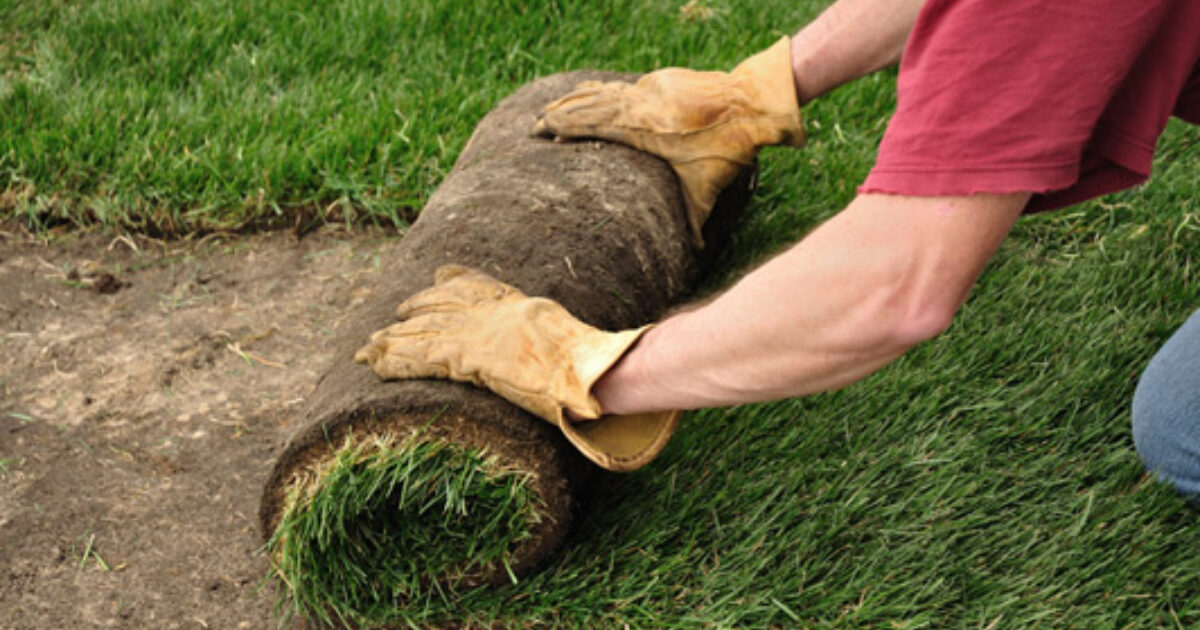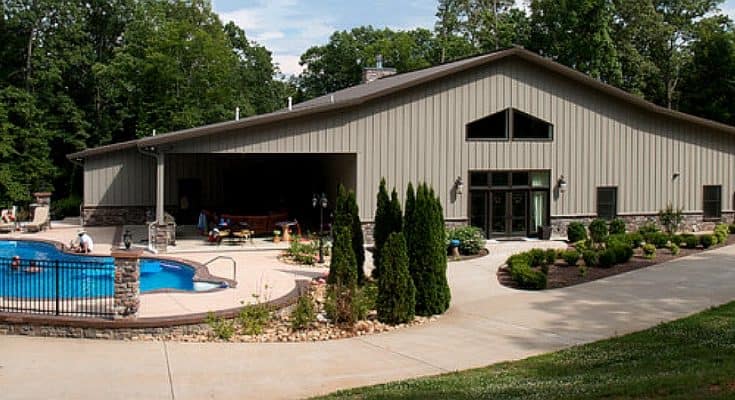Choosing the right soil for an instant lawn is crucial for quickly establishing healthy and vibrant grass. The ideal soil should provide a suitable environment for root development, water drainage, and nutrient uptake. Several factors must be considered when determining the best soil for an instant lawn, including texture, pH levels, and nutrient content, and organic matter. For something different, consider a drop-in lawn from Lilydale Instant Lawn.
- Texture plays a significant role in soil quality and affects water retention and drainage. A well-balanced soil for an instant lawn should have a mixture of sand, silt, and clay particles. Sandy soil tends to drain quickly, which can be beneficial in areas with heavy rainfall or where waterlogging is a concern. However, it may require more frequent irrigation to maintain adequate moisture levels. Clay soil, on the other hand, retains water for long periods but can become compacted and restrict root growth. Silt soil is a balance between the two, providing good water retention while allowing for adequate drainage.
- In terms of pH levels, neutral or slightly acidic soil is generally preferred for most lawn grasses. A pH range of 6.0 to 7.0 is considered ideal. Conducting a soil test is recommended to determine the pH levels and any necessary amendments. If the soil is too acidic, lime can be added to raise the pH. If the soil is too alkaline, sulphur or peat moss can be used to lower the pH.
- The nutrient content is crucial for the growth and health of an instant lawn. Nitrogen is vital for promoting leaf and stems growth, phosphorus aids in root development and flower formation, and potassium enhances overall plant health and resilience. Adding a slow-release fertilizer or organic matter can help replenish and maintain the nutrient levels in the soil.
- Organic matter, such as compost or well-rotted manure, is beneficial for improving soil structure, water retention, and nutrient availability. It enhances the soil’s ability to hold moisture without becoming waterlogged, promotes microbial activity, and provides a source of nutrients over time. Incorporating organic matter into the soil before laying the instant lawn helps create a fertile and nutrient-rich environment for the grass to establish itself.
- It is important to note that the specific soil requirements may vary depending on the grass species being used for the instant lawn. Different grasses have different preferences in terms of soil type and conditions. Researching the recommended soil specifications for the chosen grass species and consulting with local experts or nurseries can provide valuable guidance in selecting the most suitable soil for the desired lawn.
Conclusion:
In summary, the best soil for an instant lawn should have a balanced texture, providing good drainage while retaining sufficient moisture. It should have a slightly acidic pH range, adequate nutrient content, and organic matter to support root development and overall grass health. Conducting a soil test and considering the chosen grass species’ specific requirements are essential in determining the optimal soil composition for a successful and thriving instant lawn.











